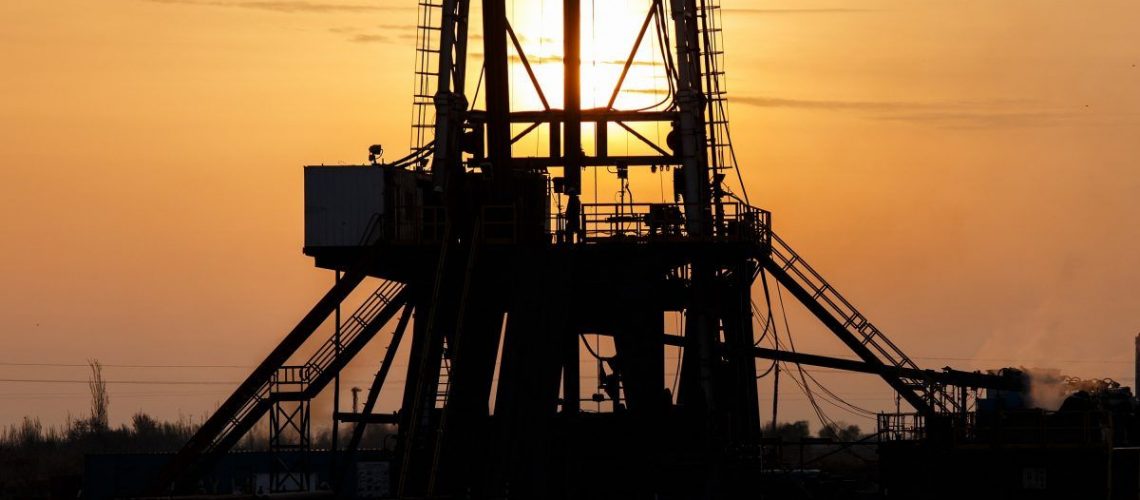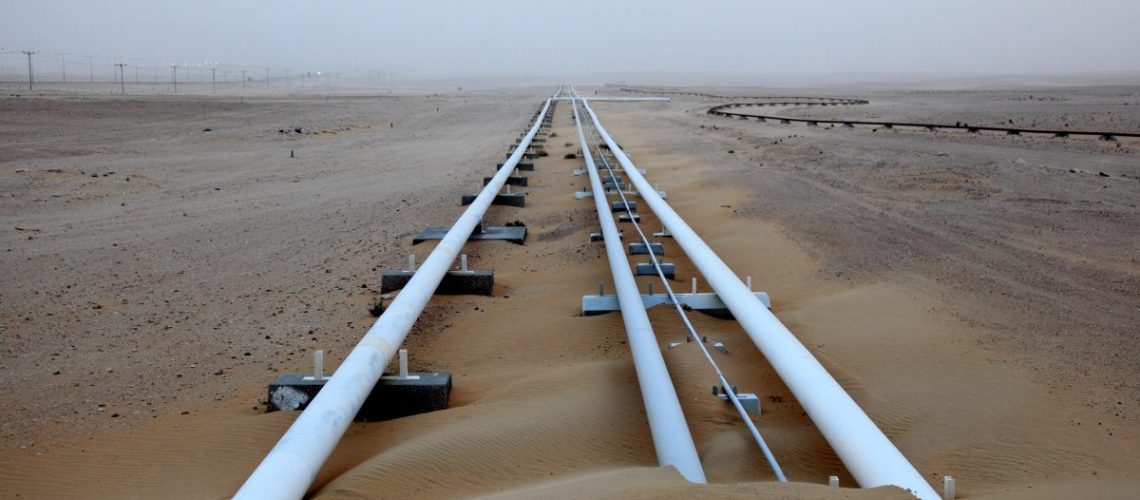U.S. oil production recently hit a record high of 12.2 million barrels per day. The US Energy Information Administration (EIA) has attributed much of the increase to unconventional development in the Permian Basin. But there are signs of trouble.
Falling production growth
The Permian Basin currently accounts for nearly a third of U.S. oil production. That's 4 million bpd, and output rates are still rising. Even so, year-on-year production growth is slowing down. The most recent edition of the EIA’s Drilling Productivity Report shows that Permian yields are now growing half as fast as they were last year.
Faster decline rates
Initial well productivity is also declining more quickly. Wood Mackenzie analysts pointed out at the Unconventional Resources Technology Conference (URTeC) in Denver this week that the basin was heading towards maturity, though it hasn’t reached that stage yet. Wells in the Wolfcamp formation have seen initial production figures drop by 6% so far this year. Similar developments are afoot in other sections of the basin, they said.
Transport bottlenecks
Wood Mackenzie consultants also said gas transportation bottlenecks were constraining the oil production growth in the Permian Basin. New overland pipelines and marine terminals are being built. However, work is not moving forward rapidly enough for operators. They need a place to send the gas they separate out from their oil. At the same time, oil output is still growing quickly. Terminals near Houston and Corpus Christi are struggling to handle the volumes coming their way.
Water management
Permian Basin developers also face challenges in the realm of water management. With more wells being drilled and well productivity rates dropping, operators are using more water – and sometimes lowering their standards for the cleanliness of what they use. Companies such as Houston-based Solaris Water Midstream are trying to address the problem by setting up water recycling and treatment facilities.
Record-breaking
But the news is not all bad. Surge Energy, a Chinese-owned company, said this week that it had finished drilling the longest-ever lateral shaft for a horizontal well in the Spraberry Formation of the Permian Basin.
The boss vs. the billionaire
On another front, billionaire investor Carl Icahn has lambasted Occidental Petroleum CEO Vicky Hollub, calling the latter’s $38 billion offer for Anadarko Petroleum “extremely risky.” In a letter sent to shareholders earlier this week, Icahn disparaged the terms of a US $10 billion financing deal that Hollub negotiated with Berkshire Hathaway. The CEO responded in her own letter to shareholders by criticizing the billionaire’s bid to replace four members of Occidental’s board and saying that he “[did] not understand or support the strategic and financial merits of the acquisition.”
Be apart of the energy transition and challenge
Find jobs today at Experience Energy. Sign up. Post your jobs and join thousands of difference-makers who want a more sustainable future for us all.




